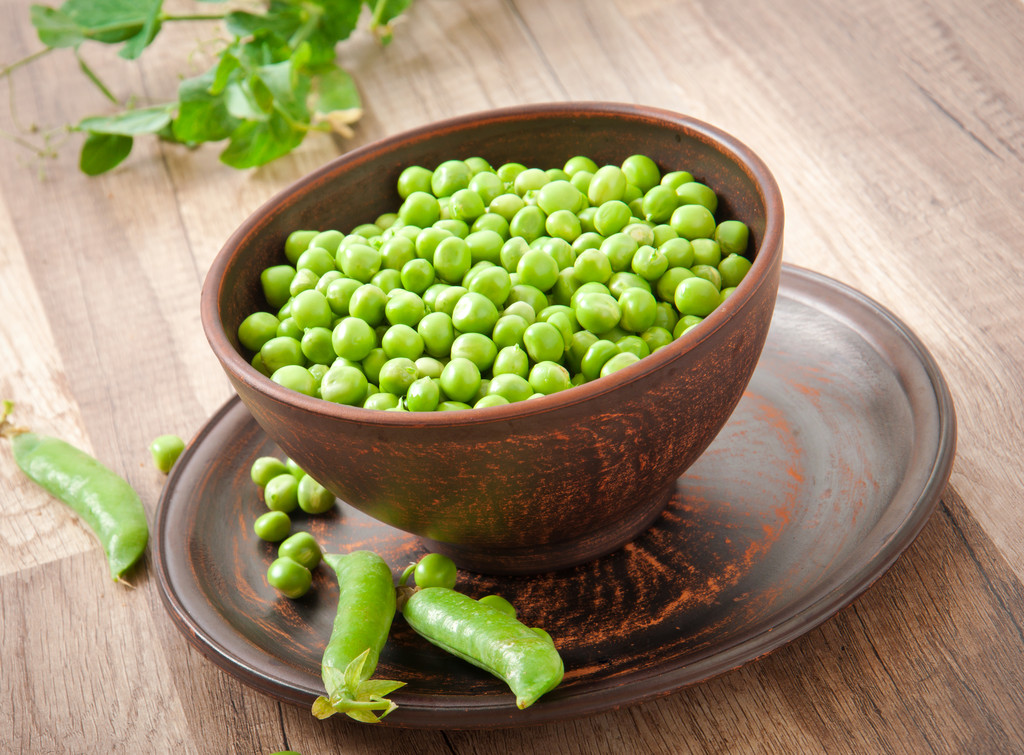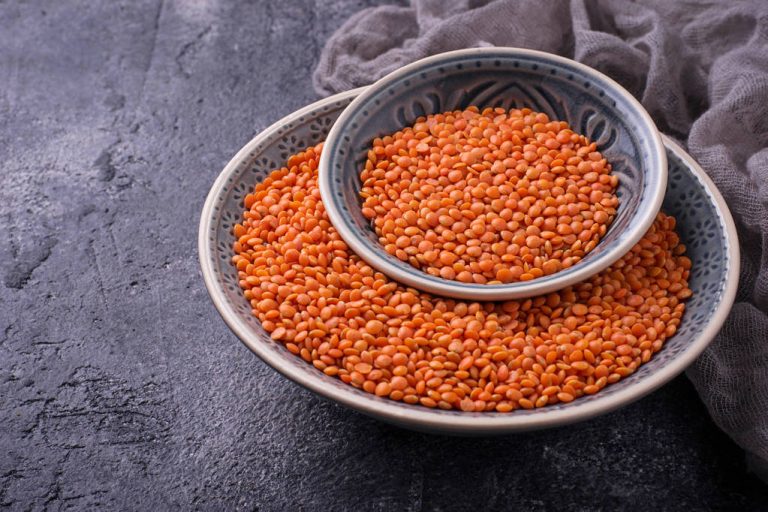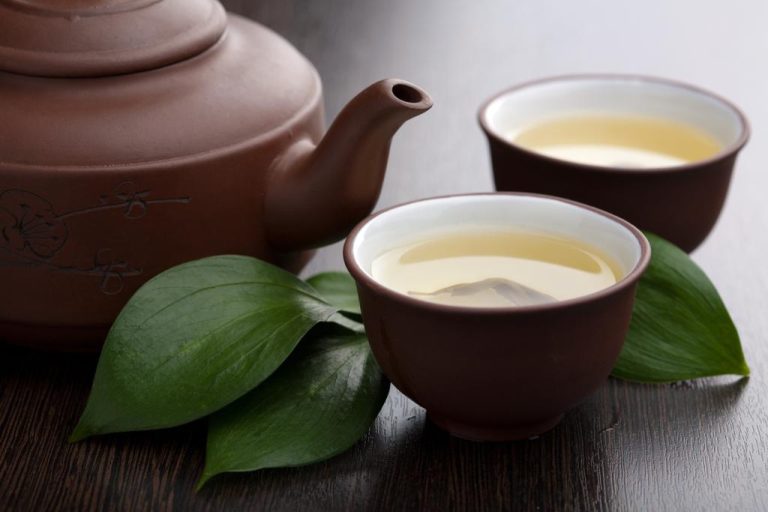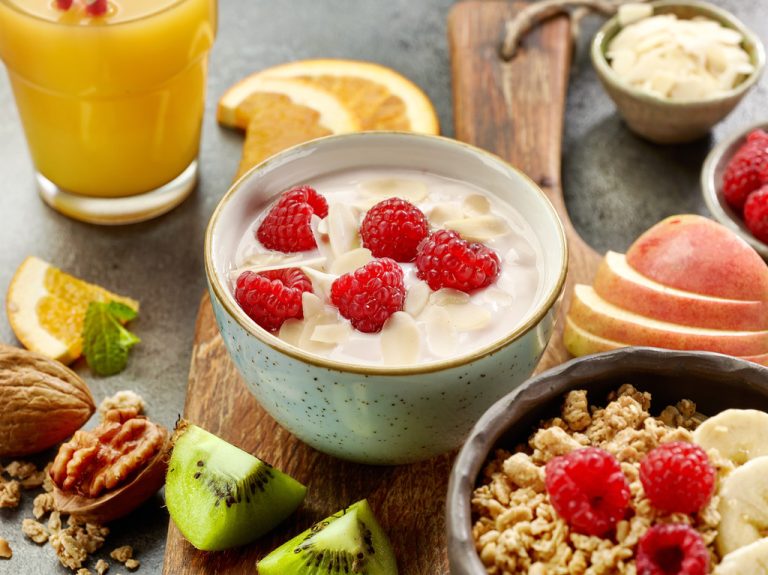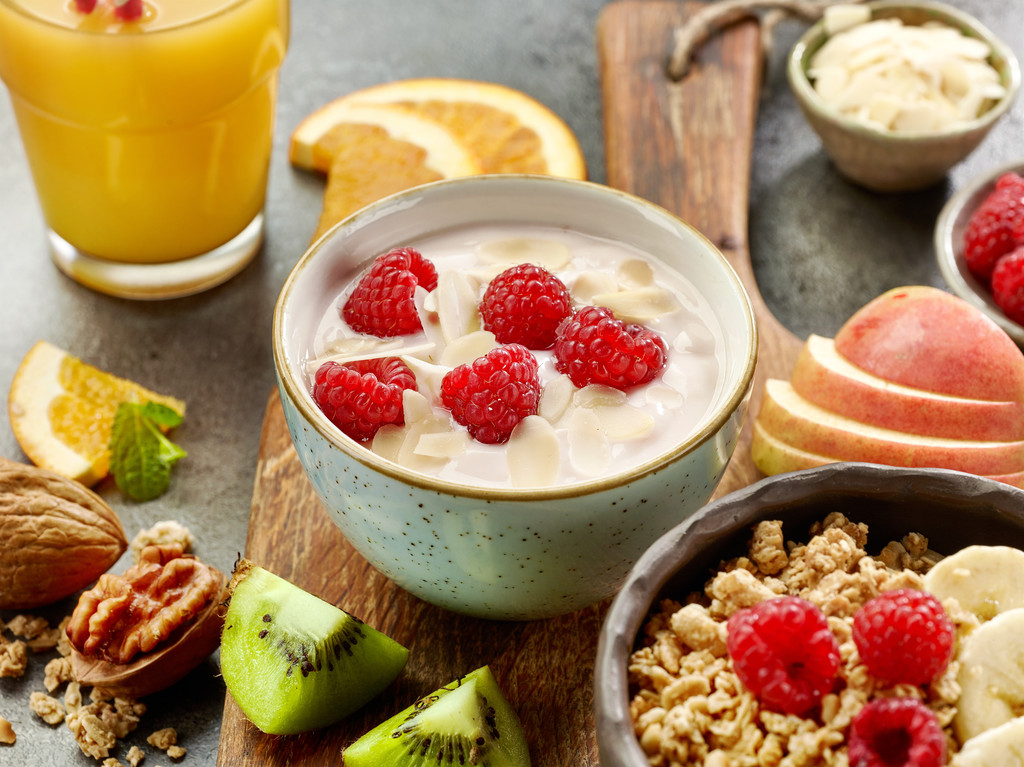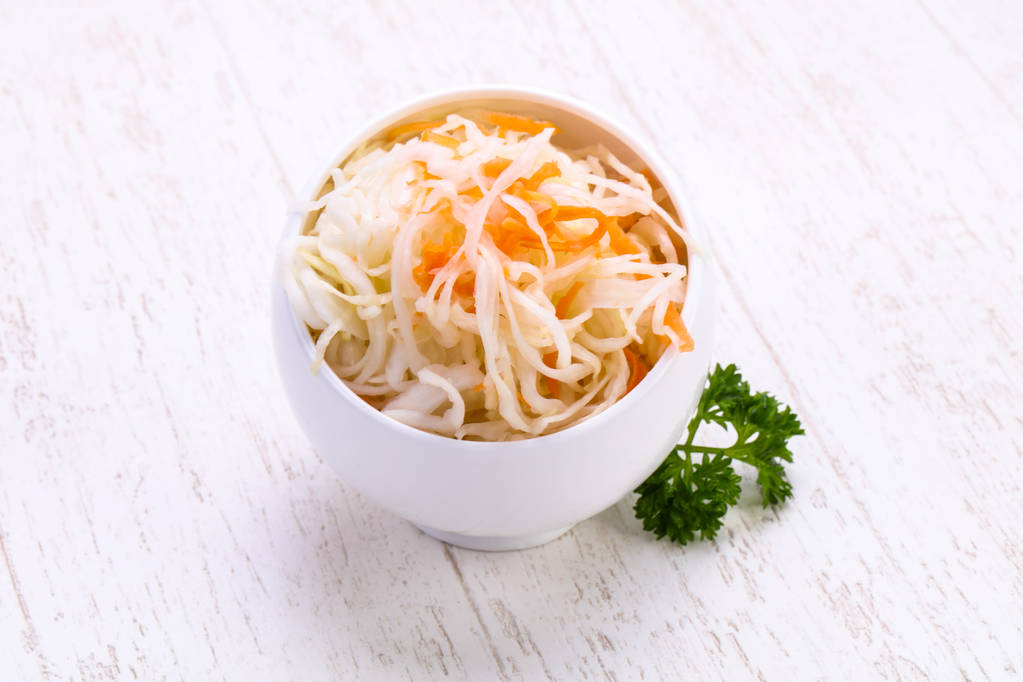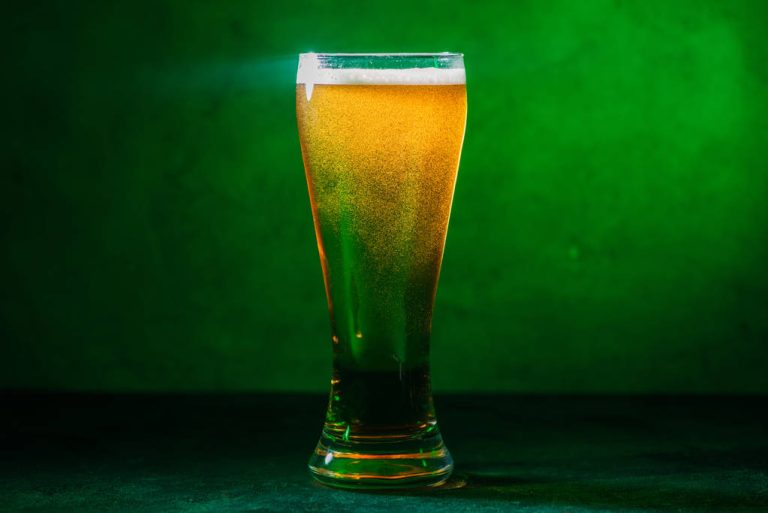The positive effects of green tea on health are undisputed and are backed up by countless studies. Green tea from the Himalayas is of particularly high quality. We’ll tell you why Himalayan tea is so extraordinary and why green tea is generally so healthy and should be drunk every day.
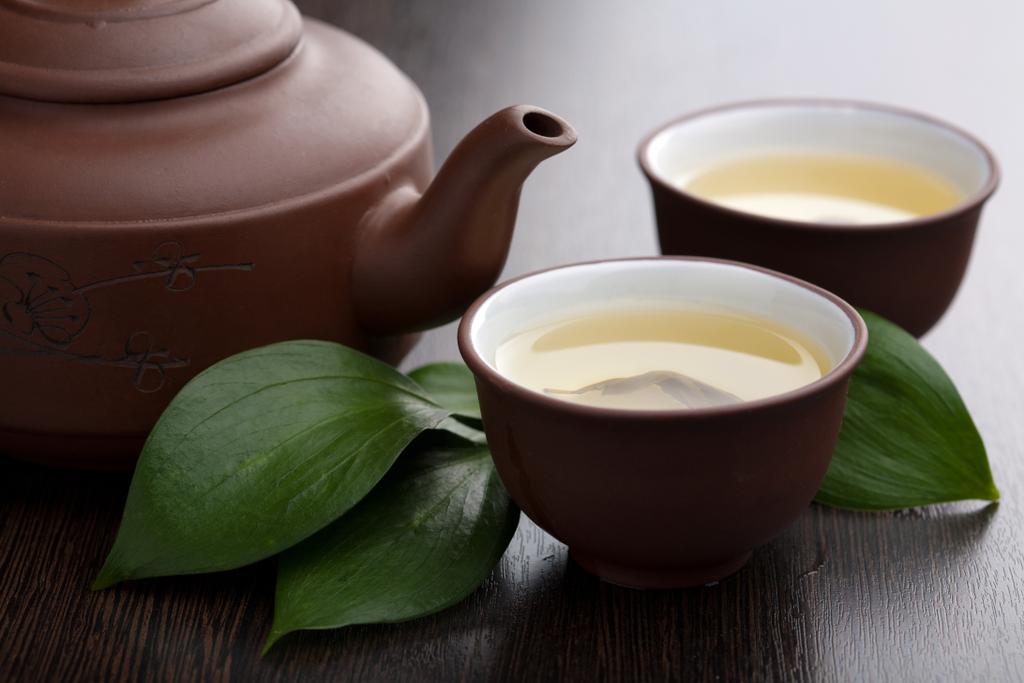
Green tea from the Himalayas: That’s why it’s so healthy
Green tea from the Himalayas: At 800 to 2,500 meters, dry air alternates constantly with humid air, and it is both cool and hot (due to the strong sunshine). In addition, there is a lot of precipitation here during the monsoon, which together with the fog ensures high humidity. The southern slopes of the Himalayas offer ideal, albeit unusual, conditions for tea cultivation.
Green Tea: Numerous Health Benefits
As the German Green Cross explains, the consumption of
Furthermore, regular consumption of green tea can lower cholesterol levels. In addition, the good cholesterol, the HDL, is strengthened by reducing the bad cholesterol, the LDL. And also at
There is even suspicion that green tea may help with liver transplantation due to its antioxidant properties. Also who under one
Green Tea: Protects the heart and prolongs life
Those who drink green tea regularly may be able to prevent cardiovascular diseases and strokes – this is the conclusion reached by scientists from the Peking Union Medical College in a long-term study published in the European Journal for Preventive Cardiology. The European Union’s Community Research and Development Information Service CORDIS also reported on the results. According to this, consuming green tea at least three times a week should help you live longer and be healthier. The long-term study by the Chinese researchers examined more than 100,000 Chinese over a period of seven years, who were divided into two groups – regular tea drinkers and those who rarely consume tea.
The regular tea drinkers were, on average, 20 percent less likely to develop heart disease or stroke, and they were also 15 percent more likely to survive diseases that have been the death sentence for non-tea drinkers. On average, regular tea consumption can extend life by 1.26 years, and tea drinkers develop heart disease or a stroke about 1.5 years later
What the researchers also noticed is that the positive effects of tea on men’s health were particularly evident. Only slight improvements in health were seen in women. One reason for this could be that the proportion of tea-drinking men in the study was significantly higher than that of tea-drinking women. The scientists hold polyphenols in the tea leaves primarily responsible for the life-prolonging effects of green tea*. These are able to reduce inflammation and at the same time act as antioxidants
Green Tea: Can It Protect Against Cancer?
There is also evidence that green tea can protect against cancer. In an overview study authored by researchers from the Cochrane Collaboration, the scientists looked at a total of 142 studies on the effect of green tea on the prevention of colon, lung, breast, prostate and other types of cancer. However, the results are mixed.
In some studies, there appears to be a link between reducing the risk of developing cancer and consuming green tea. The scientists blame the antioxidants found in the substance epigallocatechin gallate contained in tea for this. These antioxidants inhibit free radicals in the body that have harmful effects. This means that oxidative stress is avoided, which damages the cells and thus causes cancer cells to develop.
Weight Loss: Lose weight with green tea
Regular consumption of green tea* can also have a positive effect on weight. A study published in the Journal of Nutritional Biochemistry links green tea drinking to modest weight gain.
In the animal experiment, mice were given particularly high-fat food for eight weeks, which made the animals overweight. The control group continued to receive normal food. The highlight: Half of the mice in each of the two groups were given two percent green tea extract
The surprising result: the mice that had the green tea extract in their food gained an average of 20 percent less weight than the mice that did not consume any green tea. They were also shown to have lower insulin resistance. Green tea also had a positive effect on the intestines: the intestinal wall was less permeable, which increased the health of the microbes in the intestine. Since the study is an animal experiment, the results cannot be extrapolated to humans without further ado, so further studies must be carried out.
Beauty: Green tea’s positive effects on the skin
As reported by the Saarland University Hospital, the flavonoid epigallocatechin gallate contained in green tea is able to have a positive effect on skin damage caused by UV radiation. Green tea also proves to be a tried and tested remedy for some skin diseases, especially if they result in vasodilatation and reddened areas of the skin.
Furthermore, green tea can also counteract the natural aging of the skin if it is processed in creams. Studies have shown, among other things, that green tea can increase the thickness of the skin in older people when used locally. An increase in keratinocytes in the skin could be proven, which play a role in inflammation, the immune system and the self-healing of the skin – and also in the self-protection of the skin from harmful UV radiation.
Another study concludes that green tea may help with acne. For example, the administration of green tea extract reduced inflammation on the nose, forehead and chin. However, according to the researchers, further studies are needed to make precise statements about the effect of green tea on acne.
How to recognize high-quality green tea
You can tell whether green tea is of high quality by looking at a few characteristics. If these aspects are given, it is most likely a high-quality green tea, according to the eco-magazine Waschbär*. It is important, among other things, the cultivation
What makes green tea so striking is its so-called “noble bitter note” and at the same time a fresh taste, which is caused by the tannins it contains and the secondary plant substances catechins. At the same time, green tea should always taste sweet, which is caused by the polysaccharides and amino acids it contains. Furthermore, minerals, essential oils and the flavor umami also play a role, which is considered the fifth flavor. Umami is described as hearty and aromatic and has a weakening effect on the bitter substances in green tea, making it more digestible in terms of taste. If one considers the aspect of green tea, the best quality tea is fetched from the tea fields with the so-called “first flush”, which is the first harvest after the winter. After that, the tea is harvested about five more times in the same year, but it no longer comes close to the taste quality of the first harvest. If a tea is labeled “Blend”, it is a mixture of leaves from different harvests.
After harvesting, the tea leaves are processed and go through a number of work steps: after the leaves have withered, they are heated, for example steamed or roasted. Heating stops the fermentation and seals the leaves so the flavor and healthy ingredients don’t escape. The leaves are then rolled so that the tea tastes more aromatic when brewed. When processing, it is important for the quality if as many work steps as possible are carried out by hand, as they are more careful than if the tea leaves are processed exclusively by machines. If the tea is processed manually, this is usually stated on the package, as this is an absolute sign of quality. Finally, it is also important that the tea is as fresh as possible. If the leaves are stored for a long time, they lose both flavor and healthy ingredients. However, there are a few types of tea that only become really high-quality through long storage.

Conclusion: Green tea from the Himalayas has many health benefits
Green tea has countless health benefits that have been confirmed in many studies. Green tea from the slopes of the Himalayas is particularly recommended, as it is considered to be of particularly high quality and tasty due to the external conditions.
In order to get green tea of impeccable quality, you can consider a few aspects of green tea production. Among other things, you should consider cultivation, taste, harvest, processing and freshness. You can ask about these aspects on the packaging or directly from your tea retailer – tea that is organically certified is generally recommended. Green tea can contribute a lot to our health – the miracle tea has a positive effect on this, among other things:
lowers cholesterol and blood sugar levels
helps the liver
protects the heart and against strokes
can prolong life
can protect against cancer
helps with weight loss
can have a positive effect on the skin

